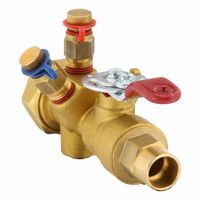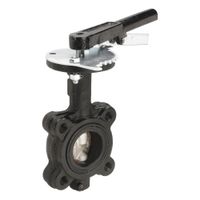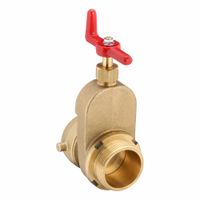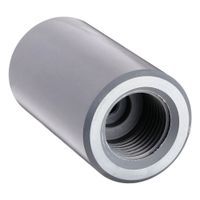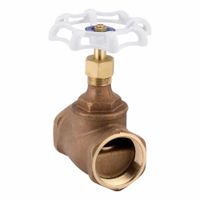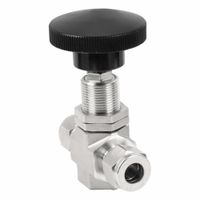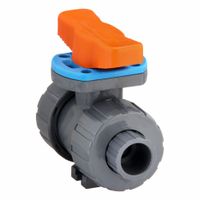Butterfly valves differ from other throttling valves primarily in their design, operation, and application. They consist of a disc mounted on a rotating shaft, which is positioned in the center of the pipe. When the valve is closed, the disc is perpendicular to the flow, and when open, it is parallel, allowing fluid to pass. This design offers several advantages over other throttling valves like globe, gate, and ball valves.
Firstly, butterfly valves are compact and lightweight, making them suitable for applications where space and weight are constraints. Their simple design also results in lower manufacturing costs and easier maintenance compared to more complex valves like globe valves, which have intricate internal components.
Secondly, butterfly valves provide quick operation. The 90-degree rotation from fully open to fully closed allows for rapid opening and closing, which is beneficial in applications requiring fast response times. This contrasts with gate valves, which require multiple turns of the handwheel to open or close.
Thirdly, butterfly valves offer good throttling capabilities. While not as precise as globe valves, they can effectively regulate flow by adjusting the angle of the disc. This makes them suitable for applications where moderate flow control is sufficient.
Additionally, butterfly valves have a lower pressure drop compared to globe valves due to their streamlined design, which minimizes flow resistance. This makes them energy-efficient, especially in large-diameter applications.
However, butterfly valves are not ideal for high-pressure applications, as the disc can obstruct flow and create turbulence. They are also less effective in handling slurries or viscous fluids compared to ball valves, which provide a full-bore opening.
In summary, butterfly valves are distinguished by their compact design, quick operation, cost-effectiveness, and moderate throttling capabilities, making them suitable for a wide range of applications, particularly where space, weight, and cost are critical considerations.
